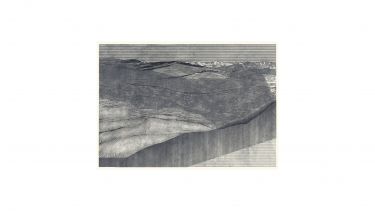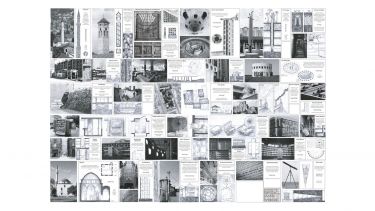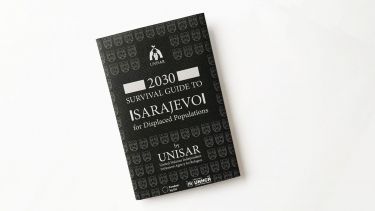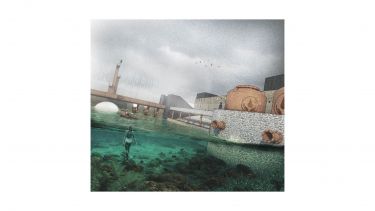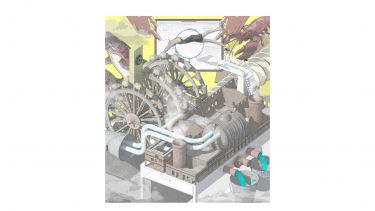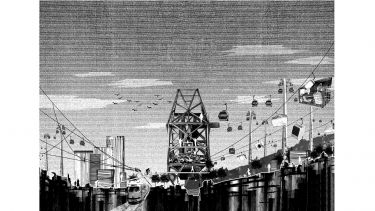Resilient Futures
The studio explored models of resilient architectures that could redefine borders and empower vulnerable and marginalised communities in the age of global uncertainty.
The pre-war city of Sarajevo was seen as the ‘European Jerusalem’ and cultural hub of the former Socialist Yugoslavia. The city’s global image changed during the Siege of Sarajevo (1992-1996), cutting off 350,000 citizens from supplies of water, heating, electricity, food and comms for 1,460 days.
Alongside violence and destruction, this also gave rise to an intensive period of cultural production, creativity, and human spirit, in which ordinary citizens and architects made tools, urban and architectural interventions that played a critical role in the city’s survival.
Sarajevo remains in a perpetual state of crisis; suffering with trauma, political division, unregulated development, air pollution, erasure of public space and shared heritage, emigration and now, the Covid-19 pandemic.
Sarajevo is science-fiction!… Sarajevo can teach you how to survive the post cataclysm!… Sarajevo is the city of the future!
Sarajevo Survival Guide
FAMA 1993
Can we re-imagine Sarajevo as a laboratory for exploring alternative models of perpetual resilience for uncertain futures?
The studio aimed to explore models of resilient architectures that could redefine borders and empower vulnerable and marginalised communities in the age of global uncertainty.
Using the ‘Sarajevo Survival Guide’ (FAMA, 1993) as a starting point, we sought to investigate how Sarajevans adapted resourceful, transient, covert and often surreal infrastructures for survival.
We ‘visited’ Sarajevo in the virtual and fictional sense; met Sarajevans, had virtual tours of the City and museums, heard lectures and testimonies, dérived through 3D scans, archives, maps, war photographs, films and books. Re-interpreting and fantasising resilient architectures in relation to Sarajevo and our own ‘isolation’ in the Covid-19 pandemic.
We worked individually and collectively to make observations and propositions at different scales: Device and Individual, Building and Community and City Infrastructure and Society.
Projects could have been situated in present or future, real or fictional sites and crisis scenarios, through which we explored informal development, right to the city, collective action, self-governance, protest, eco-action, and design activism.
As a studio, we sought to collaborate with Sarajevo-based architect Vernes Causevic of projektvarhitektura, and bring together a team of international studio friends.
Studio tutor
Studio friends
Robert Mull, Global Free Unit, University of Brighton, Umea University
David Bickle, Hawkins\Brown
Vedad Islambegovic, University of Sarajevo
Kenneth Morrison, De Montfort University
Elma Hasimbegovic, Director, History Museum of Bosnia and Herzegovina
Elma Hodzic, Curator, ‘Besieged Sarajevo’ Exhibition
Dan Cash, Atamate
Garret Patrick Kelly, SEE Change Network
Melika Konjicanin
With special thanks to Paul Lowe, University of the Arts London and VII, for sharing his archive of photographs from the Siege of Sarajevo, which was a continued source of inspiration for the studio.
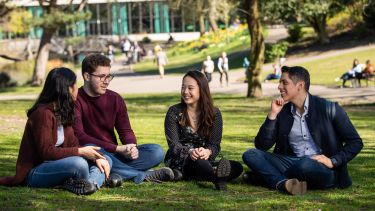
International postgraduate taught scholarships
We're offering scholarships worth up to £3,000 to international students joining the University to study a taught masters programme in September 2026.

